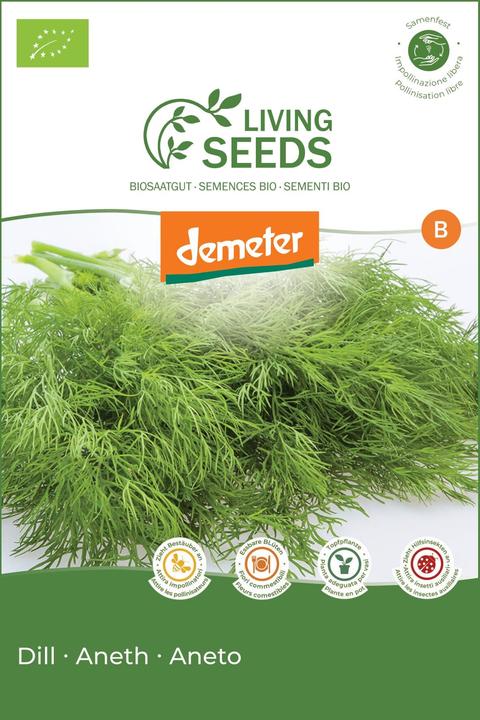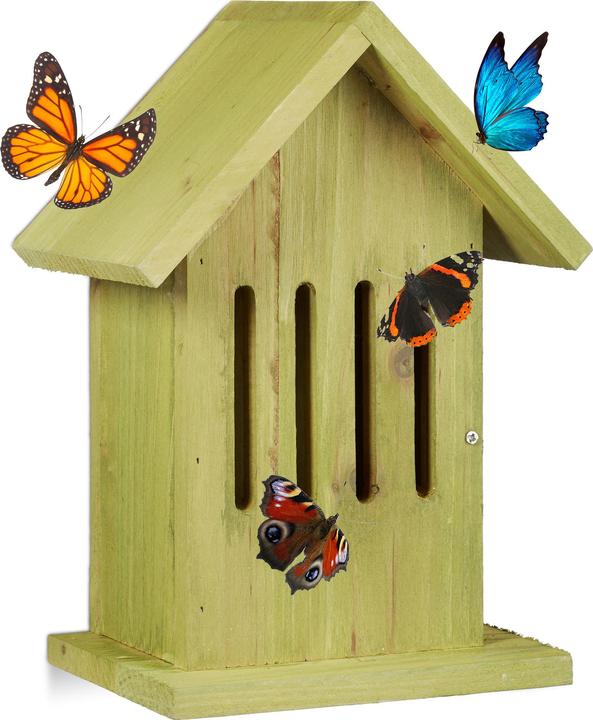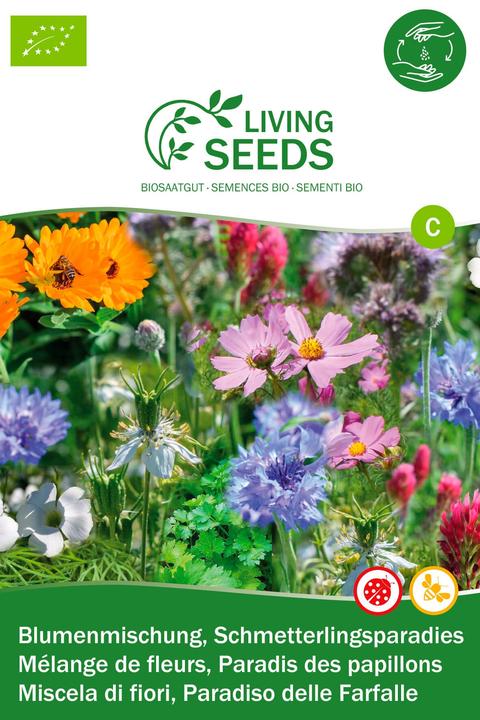

How to save the butterflies – Papa Papillon’s tips and tricks
Concrete jungles, exhaust fumes and pesticides have led butterflies to become highly endangered. The good news? You can help – even if you don’t have a garden.
Butterflies are symbolic of resurrection. But many species are in peril. One third of all Swiss species are on the «red list» of day and night butterflies threatened with extinction. And we, humans, are to blame. Through our intensive development and agriculture, we’re shrinking butterflies’ habitats or causing them to disappear altogether.
We need more food plants for caterpillars. Everything begins and ends with the caterpillar.
Marc de Roche aka Papa Papillon refuses to back down. The 79-year-old from Bern has dedicated his work to butterflies for 20 years. He knows what’s lacking: «We need more food plants for caterpillars. Everything begins and ends with the caterpillar,» he says.
Here’s what you should plant
You may have heard in school that carrot (or swallowtail) caterpillars like to eat carrot and fennel leaves. «That’s a start,» says Papa Papillon. «But other vegetable plants are an even better choice.» He recommends the following (rue currently not available):
Back in the day, these plants could be found in every garden. Nowadays, female butterflies have to fly miles to lay their eggs on them. So, you’re helping a lot by growing wild carrot, spicy fennel, rue and dill. Of course, there’s more you can do. For example, you can raise caterpillars.
10 steps to becoming a caterpillar breeder
- Buy an aerarium, that is, a special netted container for caterpillars and butterflies. It protects them from predators as well as parasites and, unlike a glass enclosure, doesn’t trap heat.
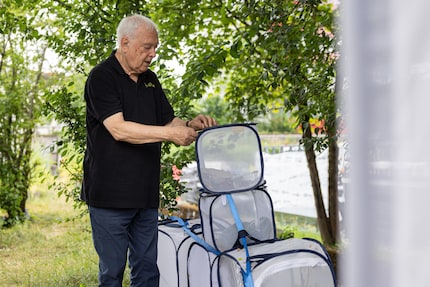
Source: Christian Walker
- Get two food plants from those mentioned above – for example, two fennel plants. The best way to keep them is in flower pots, though you can also put fennel or carrot greens in water jars. Place one outside (on the windowsill, or in your balcony or garden) and one inside the aerarium.
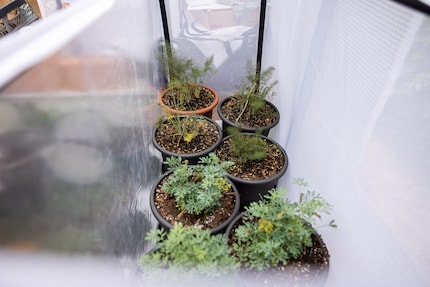
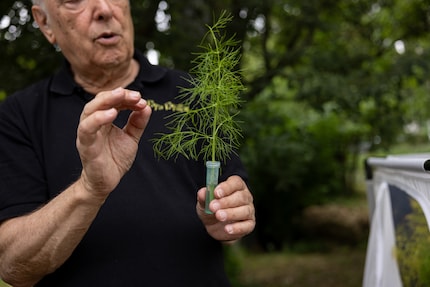
Source: Christian Walker
- Now, you have to be patient – sometimes for weeks on end. Watch the plant outside closely. Female butterflies will usually lay their eggs under a leaf or on a stem. The eggs are about one millimetre in size and the colour can vary from white, yellow, brown to black. Once you discover an egg, cut off the twig and place it in a cardboard box.
- Now, you wait again. Don’t worry if the branch dries up in the box; when the caterpillar hatches, it’ll first feast on its own eggshell. When the time comes, place a new twig in the box and allow the caterpillar to climb on it.
- It’s time for the big move into the aerarium. First, thoroughly clean the aerarium as well as the pot inside it. Spiders, which prey on the caterpillar, may be hiding around the edges of the pot. Seal any containers of water with household paper; the caterpillar may fall in and drown. Now place the branch with the caterpillar in the aerarium and watch it crawl onto the plant.
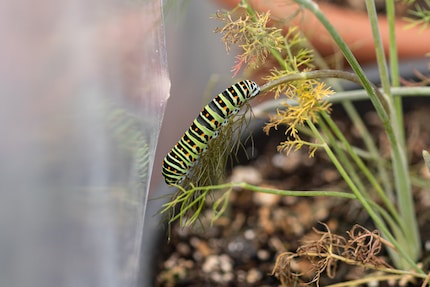
Source: Christian Walker
- Keep the aerarium clean. Remove caterpillar droppings regularly. Tip: it makes a great fertiliser! If the caterpillar needs more food, you can put another plant (in this case, another fennel plant) in the aerarium.
- Don’t worry if the caterpillar stops moving for a while. It’s probably getting ready to shed its skin. Once the caterpillar is about five centimetres long, it’ll begin to spin circles restlessly. This is no reason to worry, either. It just means the caterpillar will soon completely empty its guts and shrink. This is its preparation for pupation.
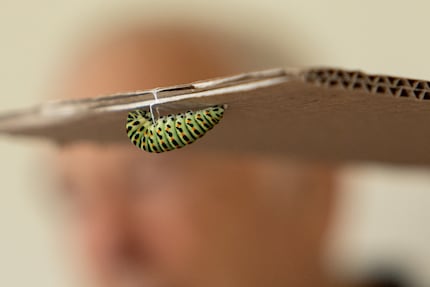
Source: Christian Walker
- To pupate, the caterpillar will seek out a suitable place – for example, on a branch, on the pot or in a corner. It’ll attach itself to the surface by spinning silk. The pupa skin will now form underneath the caterpillar’s skin. Once ready, the caterpillar’s skin will tear open. The pupa can have different colours: green, grey, brown, white, black.
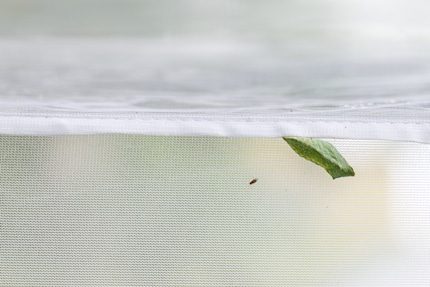
Source: Christian Walker
- For the next two to three weeks (in the summer months) or about eight months (in the winter months), you’ll again need to wait. Continue to keep the aerarium clean.
- Has the skin of the pupa turned transparent? Then the big moment is just around the corner! The butterfly will soon hatch. Let it hang until its wings are completely dry. Then you can open the aerarium and release it into the wild.
Congratulations – you’re officially a butterfly rescuer!
There’s more
You may have come across butterfly houses in our online shop. According to the reviews, buyers seem satisfied with them. Papa Papillon, however, has a clear opinion on the matter. He thinks that, while cute, butterfly houses aren’t actually helpful. In his eyes, a butterfly oasis, that is, pots of mixed plants suitable for butterflies, make more sense. You can place them throughout your garden.
Nor is Papa Papillon convinced by the «butterfly oasis» flower seed mix in our shop:
Instead, he recommends planting herbs such as basil, tarragon, cilantro, oregano, rosemary, sage and thyme. «Plants that taste good to us are also popular with butterflies,» explains Marc de Roche.
When it comes to what makes the best caterpillar food, however, Papa Papillon sticks to his collection of evergreens: wild carrot, fennel, rue and dill. So, what are you waiting for? Get planting!
What made you want to start raising caterpillars? Do you have any previous experience doing so? Or why is raising caterpillars not for you? I’d love to hear your thoughts in the comments!
Header image: Marc de Roche
I love anything with four legs or roots - especially my shelter cats Jasper and Joy and my collection of succulents. My favourite things to do are stalking around with police dogs and cat coiffeurs on reportages or letting sensitive stories flourish in garden brockis and Japanese gardens.
Practical solutions for everyday problems with technology, household hacks and much more.
Show all
